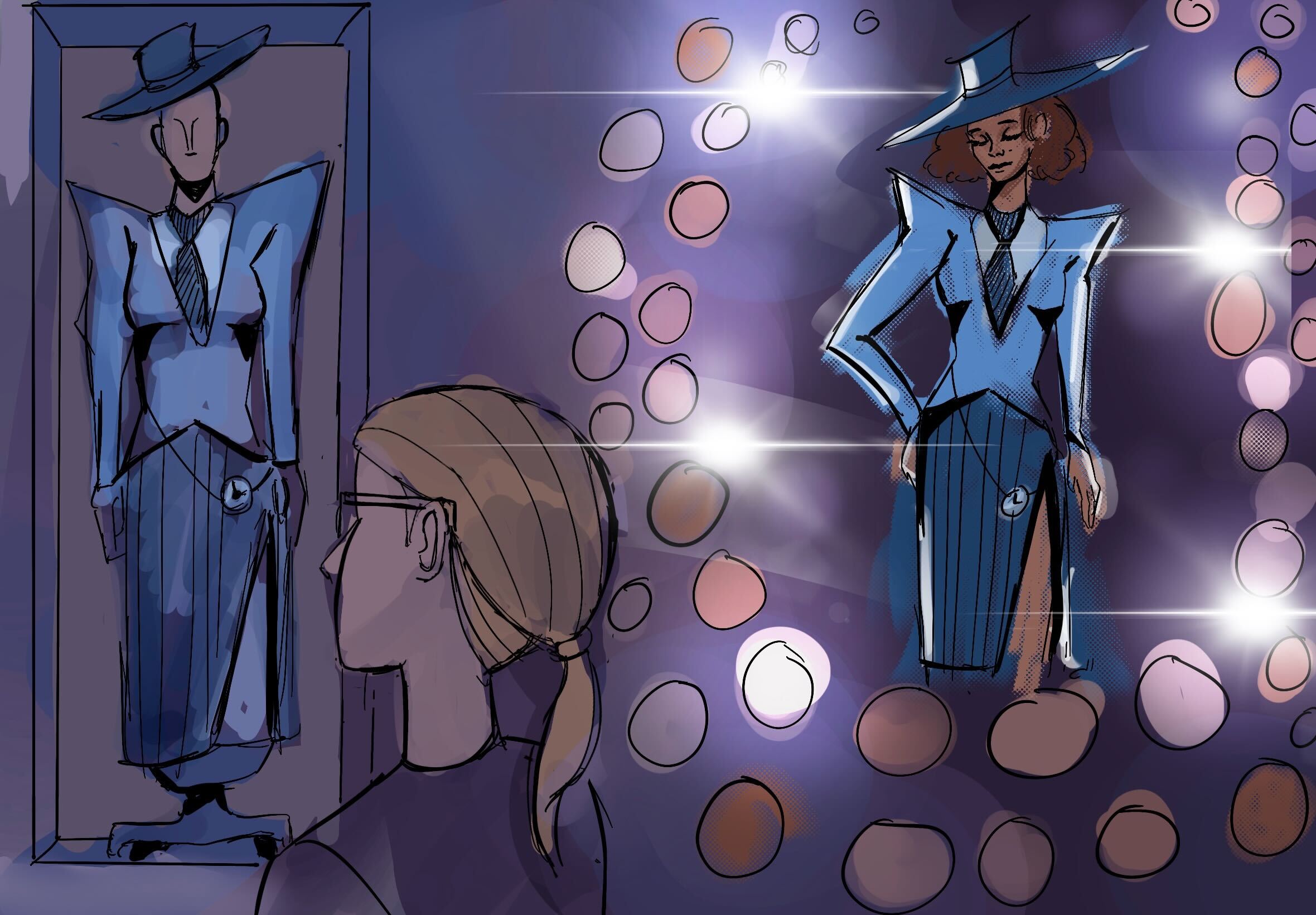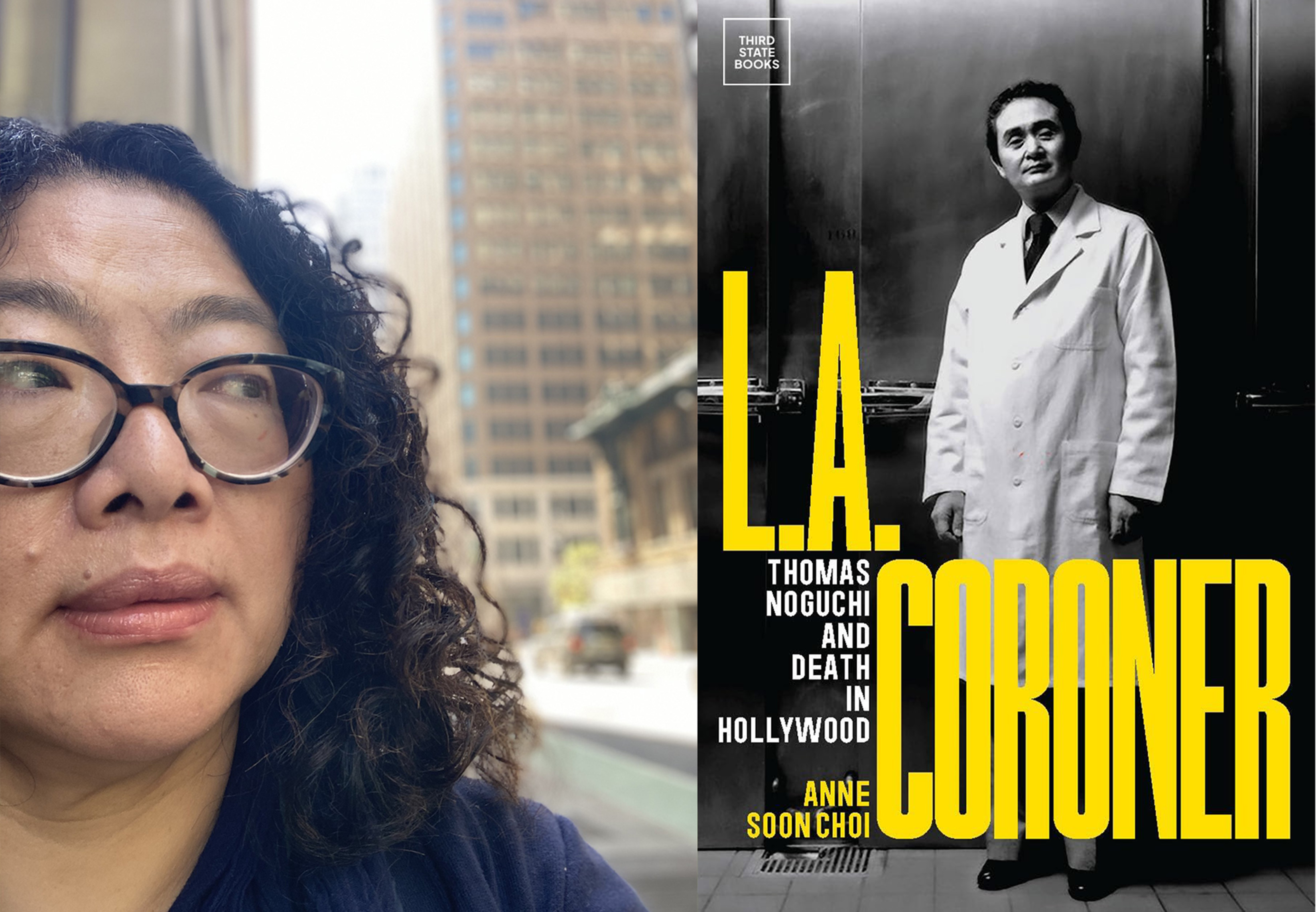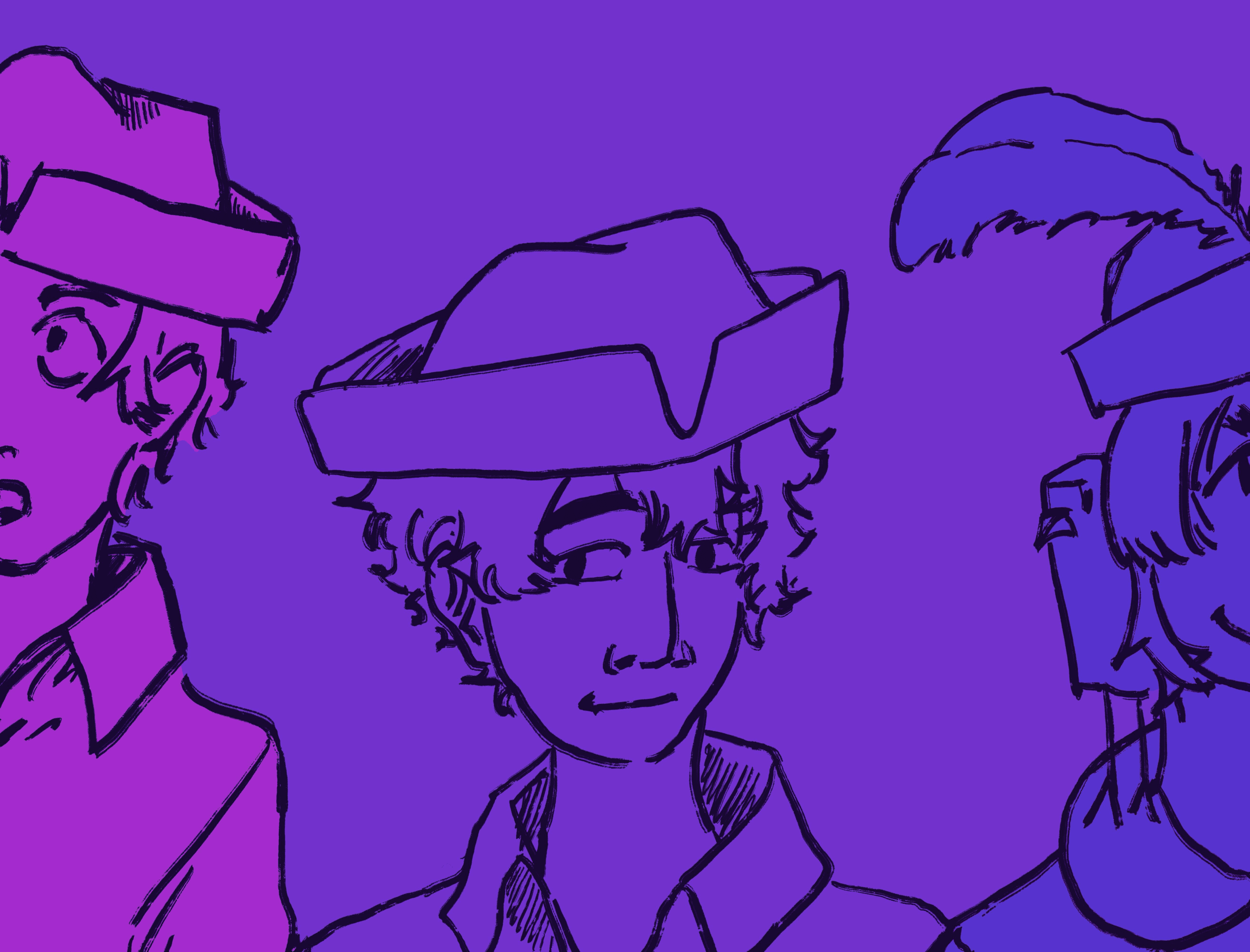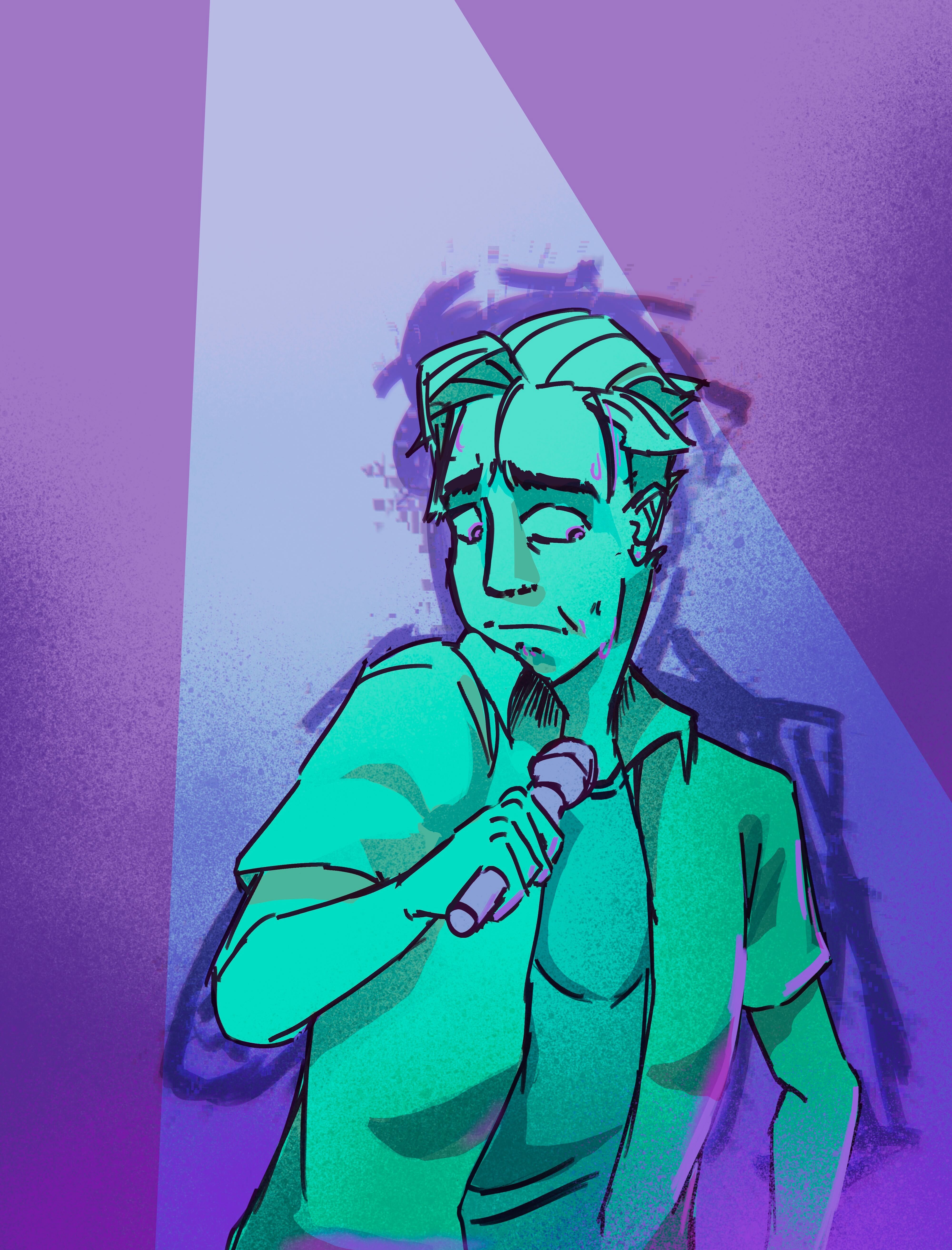Second Take: Met Gala spotlight should celebrate art of fashion, not just celebrity fashion

(Elizabeth Engeda/Daily Bruin)
By Jeannie Kim
May 11, 2025 3:55 p.m.
This post was updated May 11 at 10:33 p.m.
Let it be a surprise – the main focus of the Met Gala itself is not meant to be the red carpet.
As the first Monday of May approaches each year, anticipation builds in New York and beyond for what elaborate fashion will be flaunted by celebrities on the Met Gala red carpet. But a major aspect of the event gets overlooked – the philanthropic purpose of the gala for the Costume Institute at the Metropolitan Museum of Art. Since its first iteration in 1948, the event has had a mission to raise funds for the Costume Institute, which houses thousands of objects that represent centuries’ worth of fashion history. But as attention turns toward the stars in their exuberant outfits, there is not enough acknowledgment of the gala as a night to honor not only fashion, but also art as its own entity.
Before the Met Gala placed such emphasis on attendees’ sartorial brilliance, the event was a midnight supper, which later evolved into a themed gala in 1973 thanks to former Vogue editor-in-chief Diana Vreeland. That same year, Vreeland – who by then was a consultant for the Met – organized the “The World of Balenciaga” exhibition at the Costume Institute as an ode to famed Spanish fashion designer Cristóbal Balenciaga. Consequently, the extravagance that was poured into the exhibition prompted the midnight supper to take a turn to become the grandiose party-like event many associate the Met Gala with today.
In the present day, the Met Gala is an exclusive event for invitees determined by current Vogue editor-in-chief Anna Wintour. Unsurprisingly, the guest list is generally composed of A-list celebrities, ranging from runway models to musicians to movie stars. While a private event, the Met Gala still requires each invited guest to purchase a $75,000 ticket, ostensibly as a way to support the Costume Institute. Attending the exclusive party comes with a formal dinner, special performances, a preview of the Costume Institute’s exhibition and the opportunity to show off a flashy outfit on the red carpet.
[Related: Second Take: Powerful messaging of Westwood’s anonymous ‘I’m gay’ tags classifies them as art]
As a consequence of paparazzi cameras capturing celebrity looks in real time, the most prominent topic of conversation related to the event usually devolves into commenting on attendees’ attire. Therefore, it is easy to forget – at least from the public’s standpoint – that the event is for the Costume Institute, not a showcase of the themed outfits.
But this gap between perceptions of the Met Gala and the event’s purpose shouldn’t be the case.
With its theme, the annual exhibition at the Costume Institute showcases a specific aspect of the rich history of fashion. The 2025 theme “Superfine: Tailoring Black Style” highlighted fashion trends that were influential to the development of the Black identity, especially Black dandyism. In previous years, the exhibition highlighted specific designers – as with the 2023 theme “Karl Lagerfeld: A Line of Beauty” and “Rei Kawakubo/Comme des Garçons: Art of the In-Between” in 2017 – as an homage to their contributions within the industry. Other past themes emphasized the interconnectedness of the world of art by incorporating other mediums in the exhibit, such as artifacts from the Vatican in 2018.
By being a philanthropic event for such a showcase, the Met Gala not only honors the realm of fashion but also embraces the significance and impact of art in modern society. After all, fashion is a form of art, as it involves ever-changing trends and the process of turning an imaginative idea into a tangible piece. And the attention to detail and intentionality behind the placement and arrangement of each piece in the Costume Institute makes museum curation another form of art to be recognized.
[Related: Second Take: Influencer, comedy podcasters must be informed when giving social commentary]
To call the Met Gala “fashion’s biggest night” is an understatement. It’s a night to celebrate art – its history and significance in all its glory.
The flurry of columns and discussion threads online about the red carpet looks is only an acknowledgment of fashion’s present. To acknowledge the art behind celebrity looks – rather than critiquing whether each costume was well-coordinated or not – Vogue and other fashion magazines should aim to identify how the outfits fit with the theme. It would be more educational for people following along with the Met Gala worldwide to see a classic look capturing the essence of the theme or a piece that will be showcased at the Costume Institute juxtaposed with a similar red carpet creation. The Met Gala would not have to sacrifice its exclusive, intangible inaccessibility and luxury by providing a larger peek into the art and history invitees at the gala get to see.
More frequent references to the Costume Institute in public discussion are imperative to a holistic appreciation of fashion and acknowledgement of the event’s main motive. Instead of drawing inspiration from all-time classic fashion pieces or name-brand designs, designers working with celebrities should attempt to base their work on an iconic piece of the theme – such as those that will be showcased at the exhibition – to direct more of a spotlight on what the Met Gala is really for. The pressure isn’t only on the organizers to remind the audience of the gala’s philanthropic mission.
In the midst of the gala’s exuberance, the focus must shift back toward supporting the Costume Institute and appreciating the history of fashion preserved within its walls.





